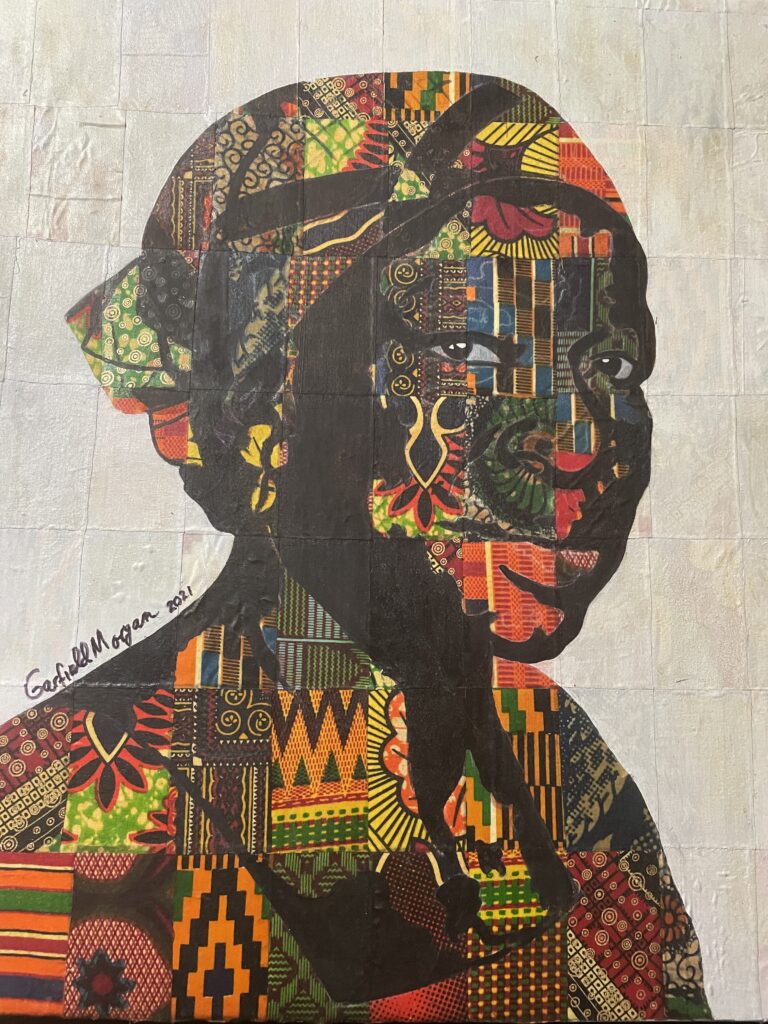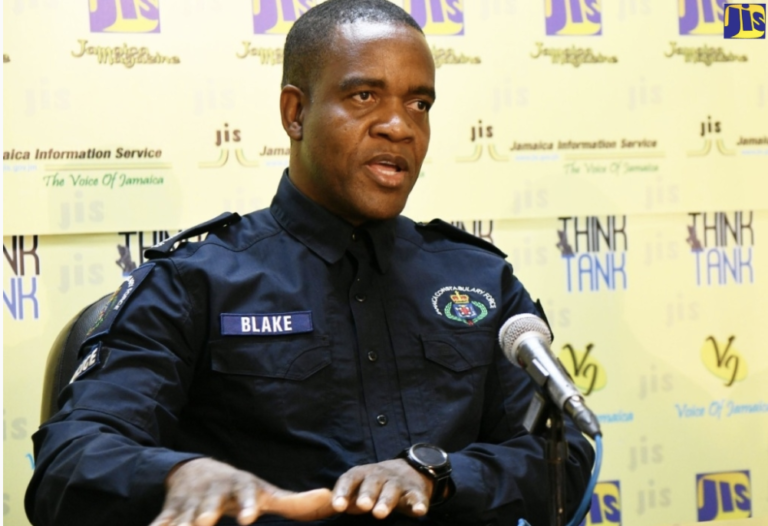Gender gap in university enrollment

The gender imbalance in the enrollment in tertiary institutions in Jamaica continues to be of concern. Professor Carolyn Cooper explains that the cultural responsibilities of men to provide financially have caused a trend in a lower enrollment rate in full-time programmes at University of the West Indies (UWI). “At the University of the West Indies, they have always had a high percentage of males in the part-time programmes because the men need to work,” said Cooper.
She noted that women may also get more familial support to finance their tertiary education. And added that there was an expectation on men to be financially independent. “There are cultural pressures on men to be economically viable so that they, sometimes, cannot take time off from work to go to university full-time,” said Cooper in explaining why there were more men in the part-time programmes.
The 2016/2017 enrolment statistics for UWI show that 67.7 per cent of the students are women. The gender gap is even wider in faculties such as Humanities and Education, which reveals 78.5 per cent of women, and the Institute for Gender and Development Studies, which has 80 per centof its student body being women. However, this trend shifts in faculties such as Engineering, which has 63.7 percent of its student body being men, and Science and Technology which has 45.8 per cent students being men.
There is a similar gender gap in enrolment at the University of Technology (UTech). “The trend has been an edge for the females over many years but it is not as dramatic as in other institutions that I know of,” said Hector Wheeler, associate vice president for advancement at UTech. Wheeler notes that this may be attributed to the kinds of programmes that UTECH offers. He adds that this may be due to the technical nature of course delivery at the university. “I think the blend of offerings may account for that. The institution offers courses of study that tend to be more hands-on, more practical,” said Wheeler.
Wheeler noted that the most recent statistics showed the make up of the student body as 44.5 per cent male and 55.5 percent female students. “We do encourage, and we are very grateful for the mix and the opportunity for students to actually study together whether they might be different genders, from different classes, or different socioeconomic backgrounds,” said Wheeler.
Dr Herbert Gayle, social anthropology lecturer, cited the issue as a historical problem. He noted that the overall university enrollment of males and females indicate that universities are made up of 67 per cent women, and 33 per cent men. He attributed the gender make-up of universities to the ratio of all-girls, all-boys and coeducational secondary schools. In Jamaica, there are 16 all-girls secondary schools, seven all-boys secondary schools, and 24 coeducational secondary schools.
“Far more girls have access to a top school than boy. So, already if you take the elite schools, they are looking at university,” said Gayle. He also noted that there are more students enrolled in all-boys schools when compared to all-girls, which allows all-girls schools to allot more resources to their students. “When you have 15 schools, you have the luxury of having less students accessing the resources, and therefore all-girls schools do darn well,” said Gayle. He also noted that there were historical and cultural factors that have impacted the overall enrollment of universities, such as racism, patriarchy, and feminism.






